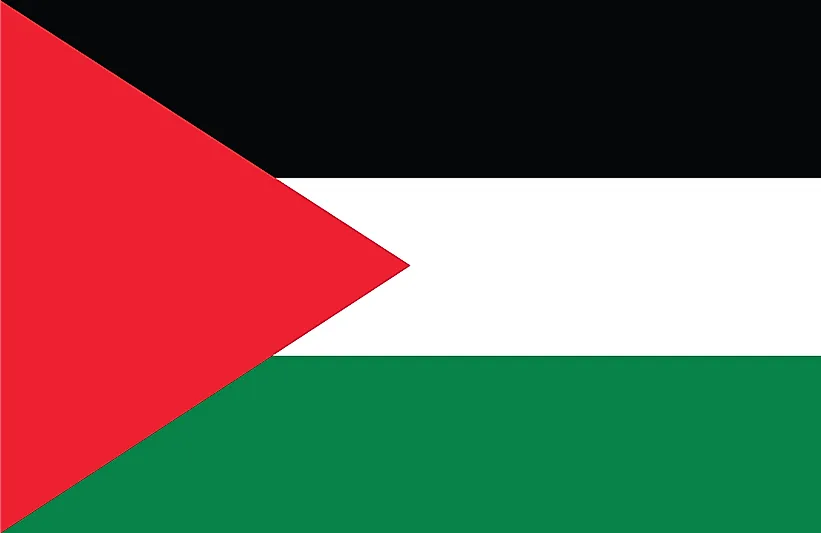
Palestine
| Continent | Asia |
| Capital | East Jerusalem |
| Population | 4,550,368 |
| GDP | nan |
| GDP per Capita | nan |
| Dialing Code | +970 |
| ISO Code (2-letter) | PS |
| ISO Code (3-letter) | PSE |
About Palestine
Welcome to Palestine, a region of profound historical and cultural significance. With approximately 5.2 million people across the West Bank and Gaza Strip, Palestine combines ancient heritage with modern resilience, featuring historical sites sacred to three major religions.
Geographic Features and Natural Beauty
Palestine’s geography encompasses diverse landscapes from the Jordan Valley to Mediterranean coastal areas. The territory features varied terrain including hills, fertile valleys, and the Dead Sea region.
Natural features include the hills of Jerusalem, the Jordan River Valley, and olive groves that have existed for centuries. The region’s Mediterranean climate supports diverse ecosystems and agricultural traditions.
Protected areas focus on preserving historical sites and natural landscapes. The territory’s commitment to environmental protection includes sustainable agriculture and water conservation initiatives.
Cultural Heritage and Traditions
Palestinian culture reflects rich traditions spanning millennia. The region’s heritage includes traditional music, dance (dabke), and distinctive crafts passed through generations.
Traditional arts feature embroidery, pottery, and olive wood carving. Cultural practices emphasize family bonds, hospitality, and the preservation of traditional customs.
Local cuisine features olive oil, fresh herbs, and traditional dishes like maqluba and musakhan. Food culture plays a central role in maintaining community connections and cultural identity.
Historical Journey
Palestine’s history spans ancient civilizations through various periods of rule. The region has been a crossroads of cultures and religions for thousands of years.
Significant periods include ancient Canaanite civilization, various empires’ rule, and modern developments. The region’s historical significance to three major monotheistic religions shapes its contemporary importance.
Modern Economic Landscape
Today’s Palestinian economy focuses on services, agriculture, and small industries. Traditional olive cultivation and handicrafts remain important economic activities.
Recent initiatives emphasize technology sector development, sustainable agriculture, and tourism potential. The region’s economic development faces unique challenges while maintaining traditional practices.
International Relations and Global Position
Palestine maintains diplomatic relations with numerous countries while working toward expanded recognition. The region’s cultural heritage and historical significance attract international attention.
Did You Know?
• The Dead Sea, Earth’s lowest point on land, borders Palestinian territory?
• Palestinian embroidery patterns traditionally indicated a woman’s village of origin?
• Some of the world’s oldest olive trees grow in Palestinian territories?
• Jericho is considered one of the oldest continuously inhabited cities in the world?
Conclusion
Palestine represents a unique combination of ancient heritage and modern perseverance. From historical sites to traditional crafts, from agricultural traditions to emerging technologies, Palestine continues to preserve its cultural identity while adapting to contemporary challenges. As it addresses ongoing developments, Palestine remains committed to maintaining its rich cultural heritage while building opportunities for future generations.





